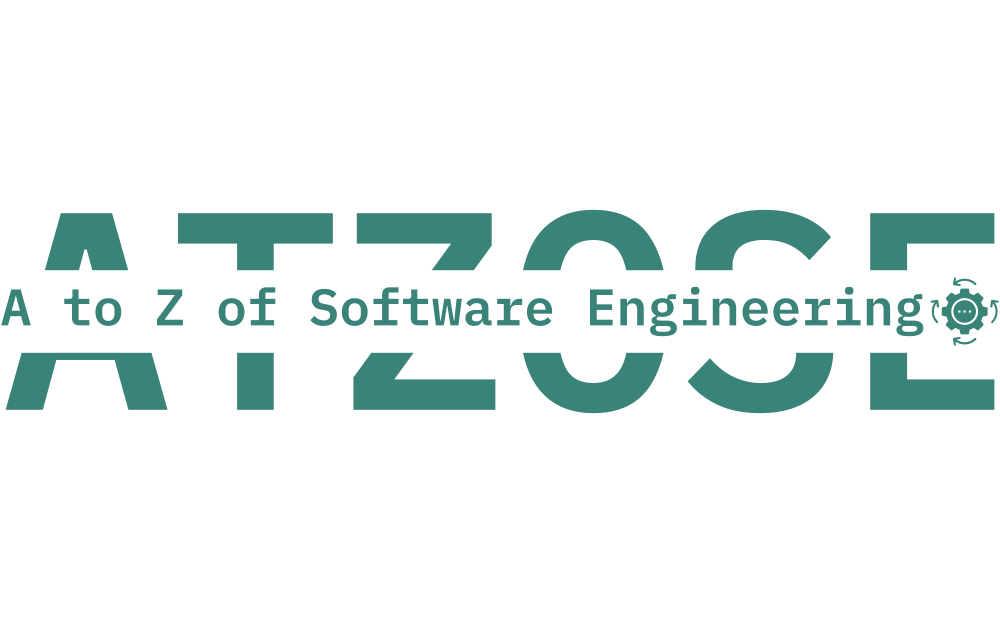Risk management and mitigation are essential components of successful business operations and project management. In an ever-changing and unpredictable world, organizations must be prepared to identify, assess, and address risks to minimize their potential impact. This article explores the best-known methods of risk management and mitigation that can help businesses navigate uncertainty and enhance their resilience.
Risk Identification
The first step in effective risk management is identifying potential risks. This involves systematically reviewing all aspects of a project or business operation to uncover potential threats and opportunities. Some common methods for risk identification include:
a. Brainstorming: Gather a diverse group of stakeholders to brainstorm and list potential risks, drawing from their collective experience and expertise.
b. SWOT Analysis: Conduct a Strengths, Weaknesses, Opportunities, and Threats (SWOT) analysis to identify both internal and external risks and opportunities.
c. Historical Data: Analyze historical data and past incidents to identify recurring risks or patterns that may impact the current situation.
Risk Assessment
Once risks are identified, they need to be assessed in terms of their potential impact and likelihood of occurrence. Common methods for risk assessment include:
a. Risk Matrix: Use a risk matrix to categorize risks based on their severity and likelihood, enabling prioritization and focused mitigation efforts.
b. Quantitative Analysis: For financial risks, quantitative methods like Monte Carlo simulations can provide a more precise estimation of potential losses.
c. Expert Judgment: Seek input from subject matter experts to assess the significance of certain risks based on their knowledge and experience.
Risk Mitigation
After assessing risks, organizations can implement strategies to mitigate or reduce their potential impact. Some common risk mitigation methods include:
a. Risk Transfer: Transfer risk to third parties through insurance, contracts, or outsourcing, shifting the responsibility and financial burden.
b. Risk Avoidance: Avoid engaging in activities or projects that carry excessive risks, opting for alternatives that are safer.
c. Risk Reduction: Implement measures to reduce the likelihood or severity of risks, such as safety protocols, redundancy systems, or diversification.
d. Contingency Planning: Develop contingency plans that outline how the organization will respond to specific risks if they materialize, ensuring a swift and effective response.
Monitoring and Review
Risk management is an ongoing process. Regular monitoring and review of risk management strategies are crucial to adapt to changing circumstances and identify new risks. Key elements of this phase include:
a. Key Performance Indicators (KPIs): Set and monitor KPIs to track the effectiveness of risk mitigation strategies and identify areas that require adjustment.
b. Regular Audits: Conduct regular internal and external audits to evaluate the effectiveness of risk management processes and identify potential gaps or weaknesses.
c. Feedback Loops: Encourage employees and stakeholders to provide feedback on risk management processes to identify emerging risks or areas for improvement.
Crisis Management
Despite proactive risk management efforts, some risks may still materialize. In such cases, effective crisis management is essential. Key aspects of crisis management include:
a. Communication Plans: Develop clear communication plans to keep stakeholders informed during a crisis, ensuring transparency and trust.
b. Decision-Making Protocols: Establish clear decision-making protocols to guide actions and responses during high-pressure situations.
c. Post-Crisis Analysis: After the crisis is resolved, conduct a thorough analysis to identify the root causes and lessons learned, updating risk management strategies accordingly.
Conclusion
Risk management and mitigation are fundamental practices for any organization aiming to thrive in an uncertain world. By following the best-known methods outlined in this article, businesses can proactively identify, assess, and address risks, thereby minimizing their impact and increasing their resilience. Remember that risk management is not a one-time effort but an ongoing process that requires constant vigilance and adaptability to stay ahead of emerging threats and opportunities.
Please do not forget to subscribe to our posts at www.AToZOfSoftwareEngineering.blog.
Follow our podcasts and videos available on YouTube, Spotify, and other popular platforms.
Have a great reading, viewing, and listening experience!





























Leave a comment